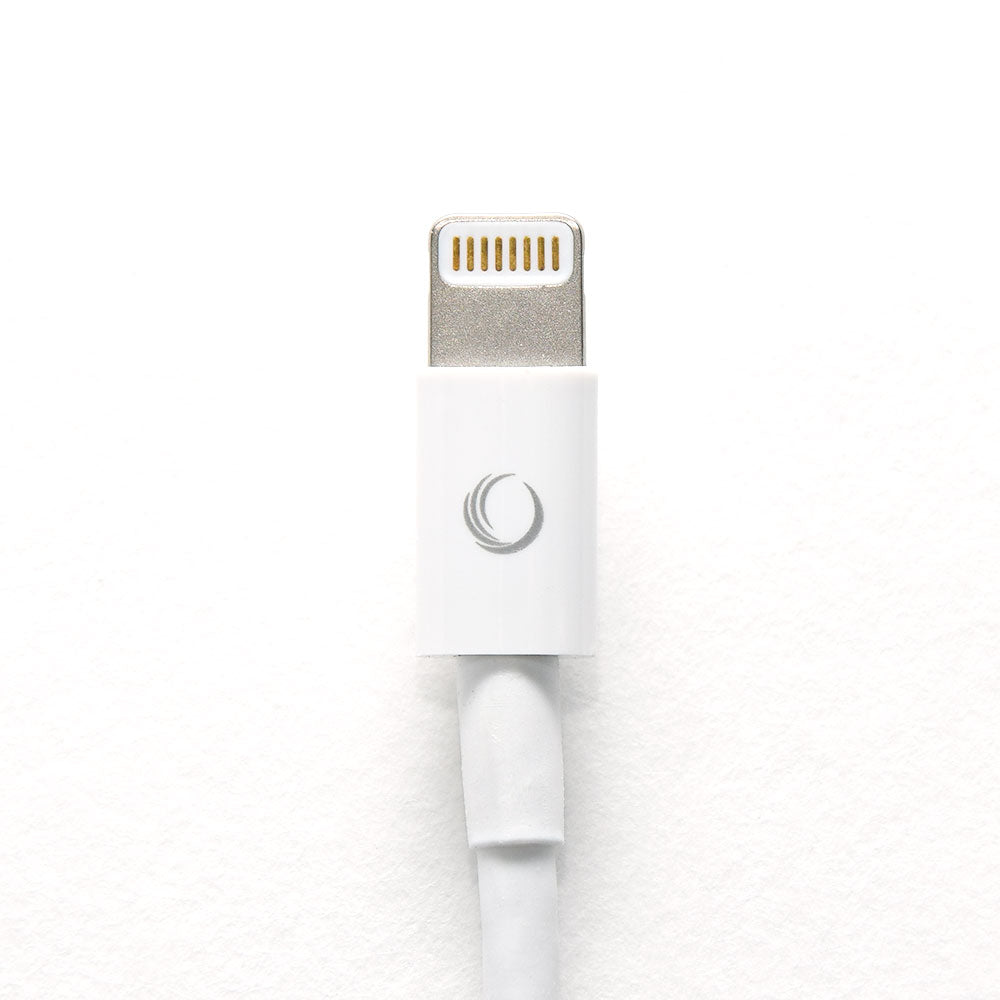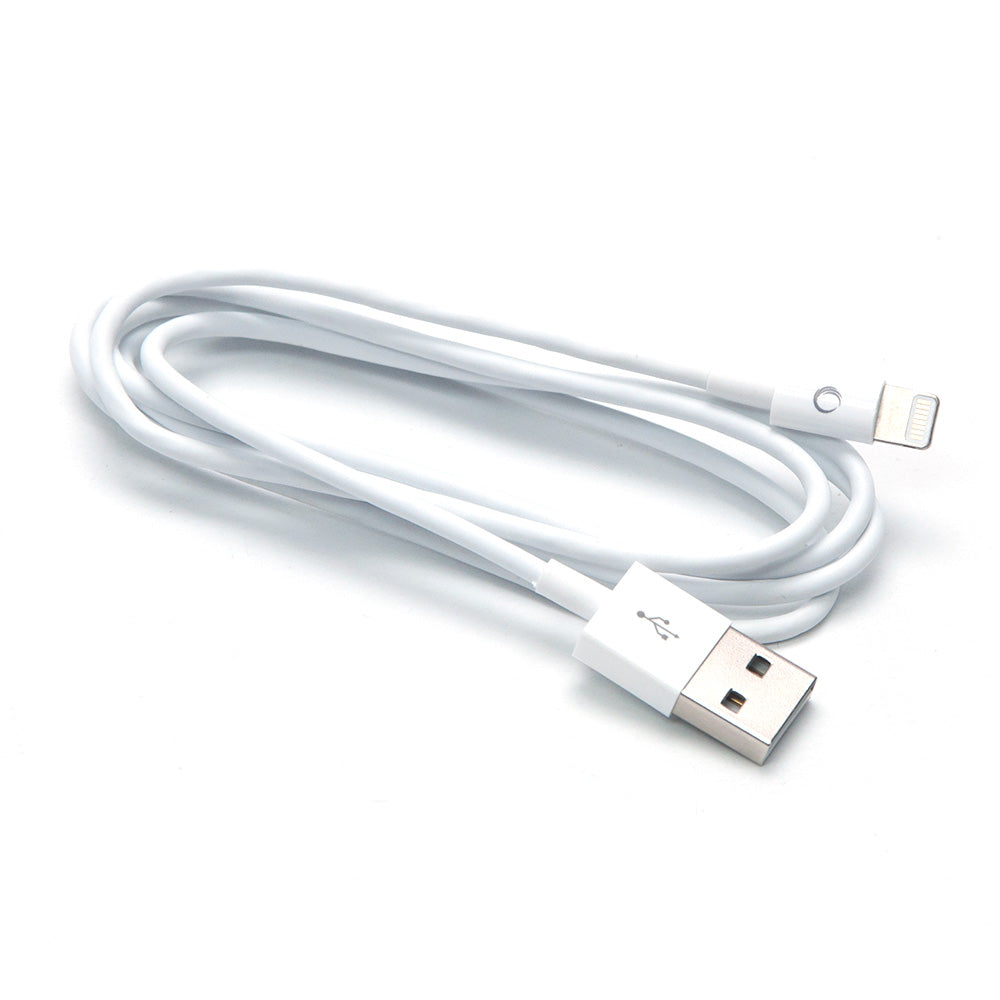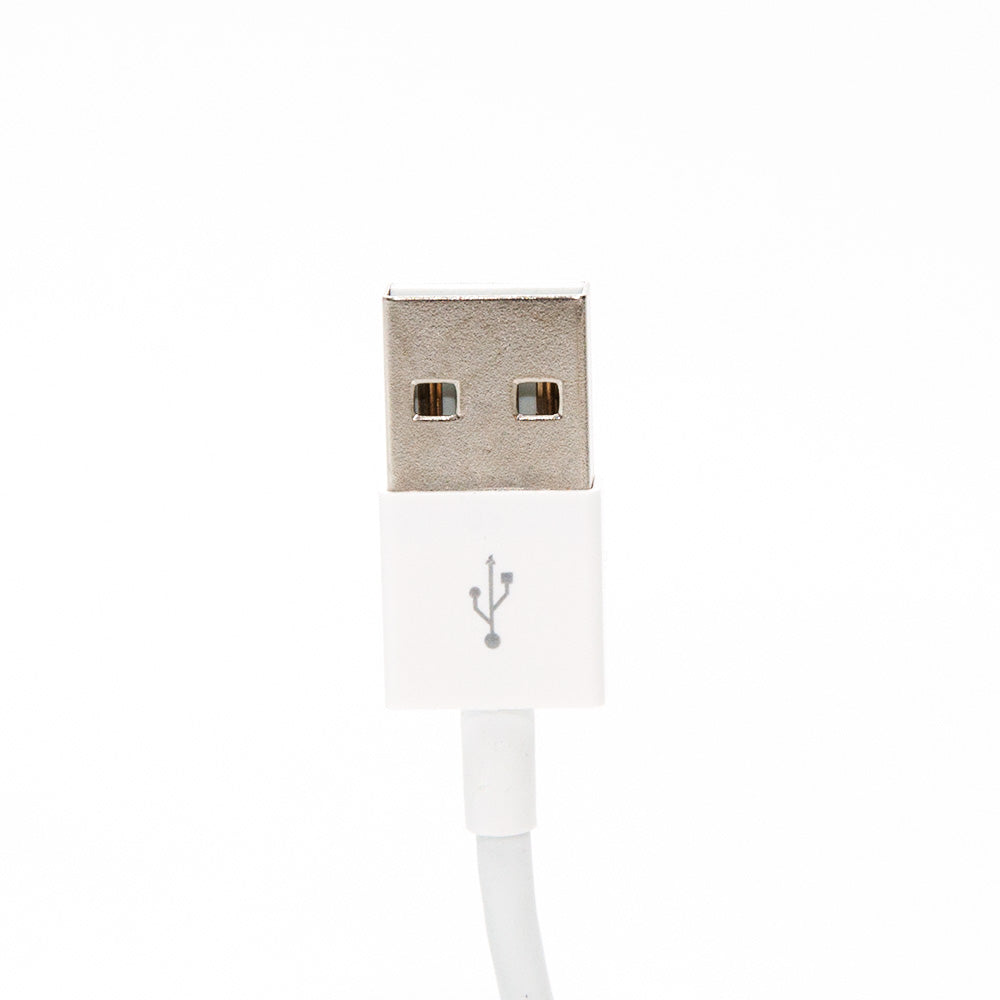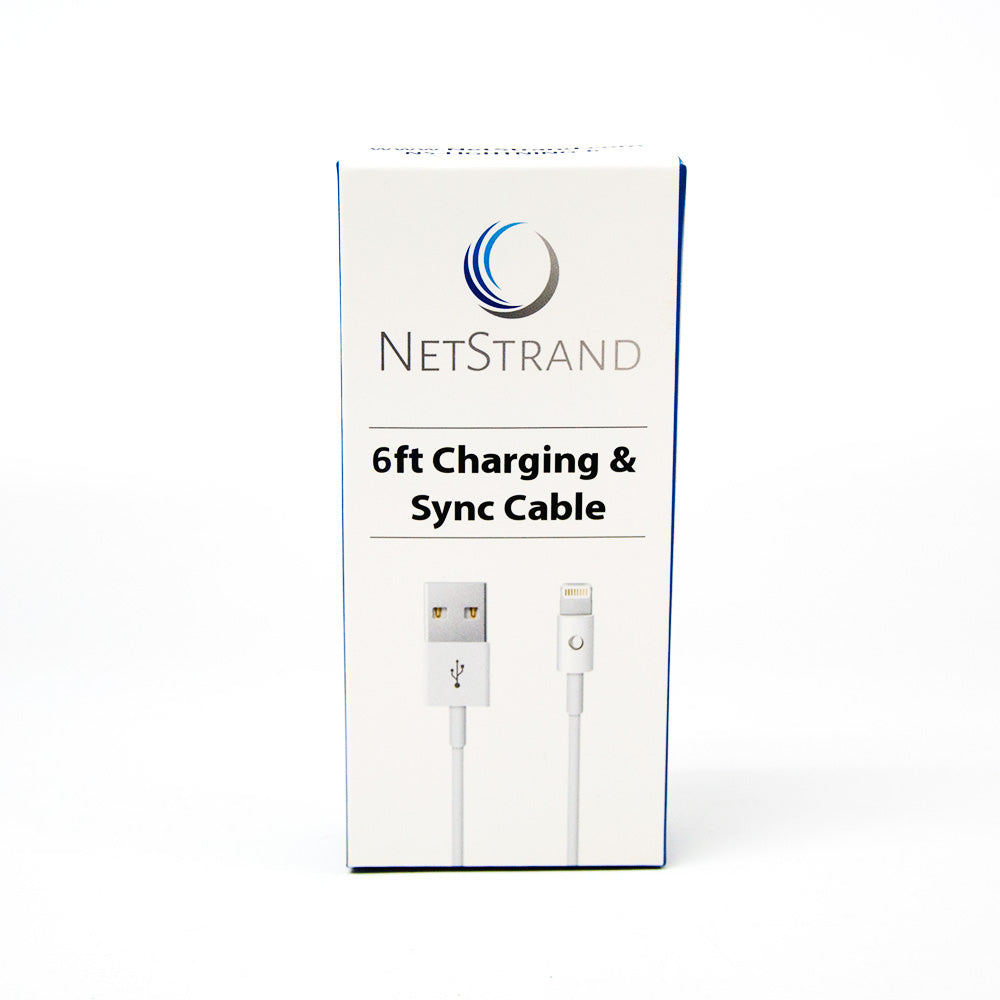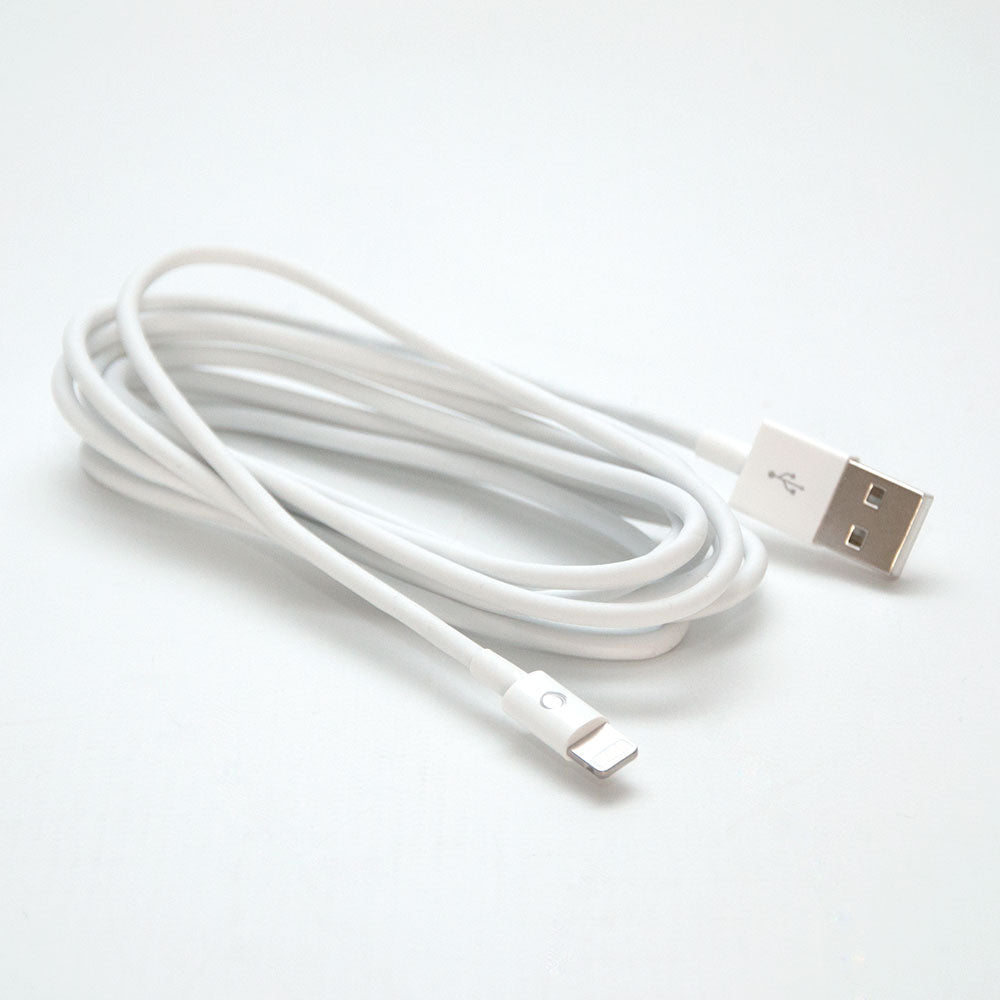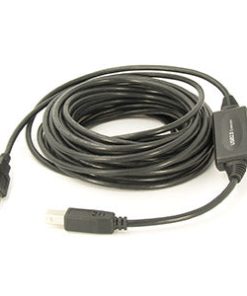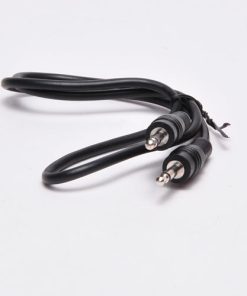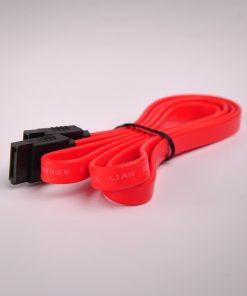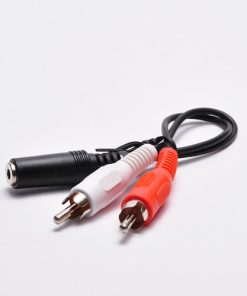NetStrand MFi Certified Lightning to USB Cable (3-6ft) NetStrand
$ 10,27 $ 6,16
NetStrand MFi Certified Lightning to USB Cable 3-6ft
The Benefits of an Apple Lightning Cable
Though the controversy has long since ended, many people might be surprised to learn that Apple’s switch from the standard 30-pin dock connector to the 8-pin lightning connector on all of its flagship devices was a move that generated a huge amount of criticism when it originally happened in 2012. After all, Apple had already released several generations of iPhones, iPads, and iPod Touch devices with the “old” 30-pin connector. Now suddenly people would not only have to keep multiple cables around the house depending on which devices they were trying to charge, but they’d likely have to invest in a whole new set of accessories as well.
Luckily, that storm has truly passed – particularly when you consider some of the many advantages that the lightning cable actually brings to the table. The chief benefits of the lightning cable have to do with improved speed and reliability. Using a lighting cable is simply a faster way to sync data to a device like an iPhone and tests even indicated that devices charged faster, as well.
The cable itself is also much more durable than its predecessor, which will come with a sigh of relief for any iPhone owner who went to charge their device only to find that one end of the cable had begun to fray. The specific area on the cable where the cable itself met the 30-pin connector was a common breaking point for many people. The cables themselves were physically redesigned to avoid this type of problem altogether.
But maybe the most obvious benefit of the lightning cable has less to do with the cable and more to do with the devices themselves. If you’ve wondered how Apple has managed to release thinner and thinner iPhones every year, the lightning cable is a large part of the reason why. The lightning cable connector on the inside of the device takes up less physical space, allowing for thinner and more lightweight devices (with larger batteries as well). It probably wouldn’t be possible to have an iPhone the size of the iPhone 8 Plus were it not for the advancements that lightning cables brought to the table.
But maybe the most important benefit of lightning cables, however, has to do with a little concept called MFi certification. For more details on MFi certification, click on the Q&A tab above.
The NetStrand MFi Certified Lightning to USB Cable
If you need to replace a lost or broken Apple lightning cable, it’s important for you to know that you certainly aren’t without your options. One of the best among them is the NetStrand MFi Certified Lightning to USB Cable – a great alternative that is available in lengths of three to six feet for you to choose from depending on your needs.
This cable was specifically designed to work with newer devices like the Apple iPhone 5 through the recently released iPhone 8 and iPhone X, along with newer iPad models that have the built-in retina display. As one can tell by the name, this cable went through the rigorous approval process with Apple to earn MFi certification – meaning that you get to rest easy knowing that you AND your devices are taken care of. In keeping with the sleek and sophisticated look that first-party Apple products have become known for, the NetStrand MFi Certified Lightning to USB Cable is available to order in a classic white color.
This cable has been both MFi certified and licensed from Apple, meaning that it is truly the type of product that will stand the test of time. Backed by only the highest quality materials and an industry-leading lifetime guarantee, you can have the peace of mind that only comes with knowing that your devices will charge as quickly and as reliably as possible today, tomorrow, five years from now, and beyond.
IMPORTANT NOTE: Apple, iPod, iPhone, and iPad are trademarks of Apple Inc., registered in the U.S. and other countries. Lightning is a trademark of Apple Inc.
![]()
| Length | 3ft, 6ft |
|---|
Fast Shipping with Professional Packaging
We have a range of shipping options thanks to our long-term partnership with UPS FedEx DHL. Our warehouse personnel will pack every item to our exacting specifications. Prior to shipping your items will be thoroughly examined and secured. We ship to thousands of customers every day in different countries. Our commitment to become the largest online retailer around the globe is evident by this. Both Europe and the USA have distribution and warehouse centers.
Note: Orders that include more than one item will be assigned a processing date depending on the item.
Prior to shipping the items, our staff will carry out an exhaustive inspection of the products you ordered. The majority of orders are delivered within 48 hrs. Expected delivery times are between 3-7 days.
Returns
Stock is dynamic, and cannot be fully controlled by us because of the involvement of many different parties, such as the factory and our warehouse. Stocks can be changed at any moment. It's possible that the stocks could be depleted after your order has been placed.
Our policy is valid for 30 days. If you haven't received your product within 30 days, we're not able to issue either a return or exchange.
The item should not be used, and it must be in its original condition. It should also be in the original packaging.
Related products
USB/Mobile/Tablet
